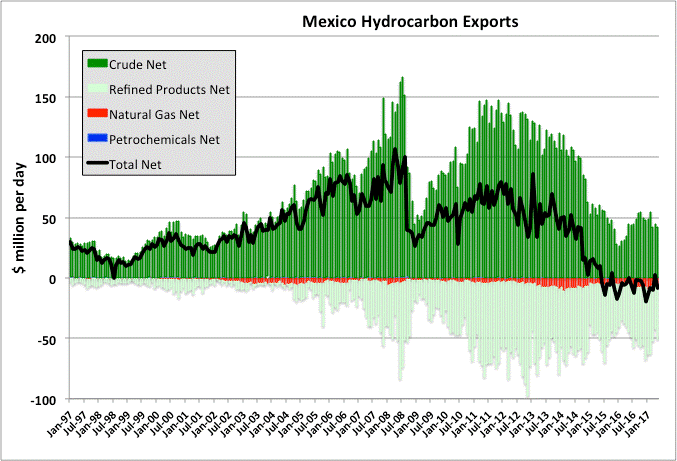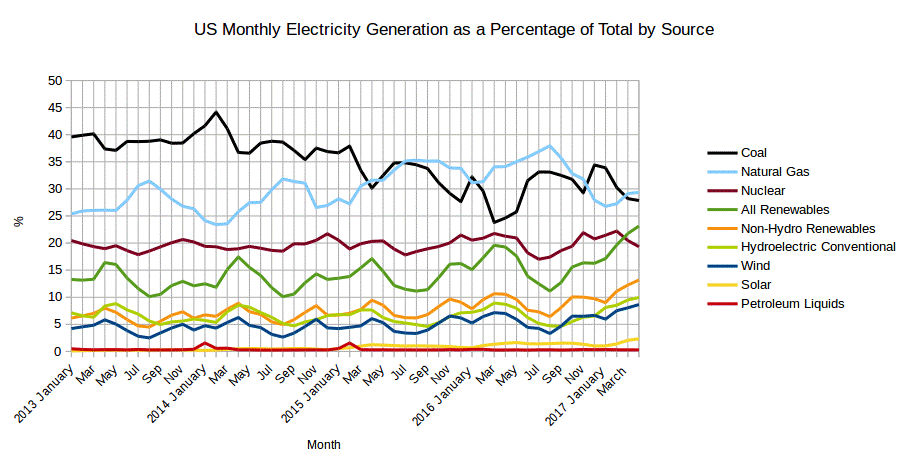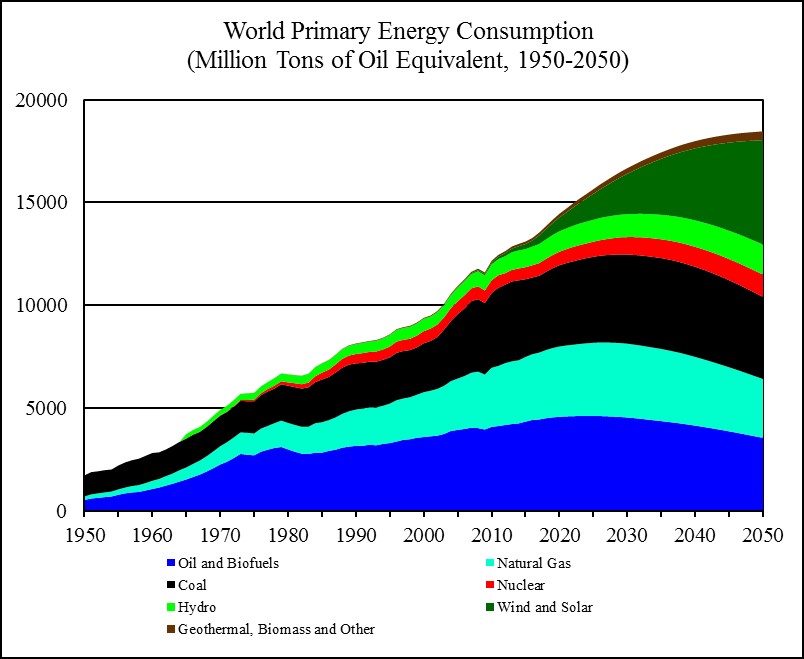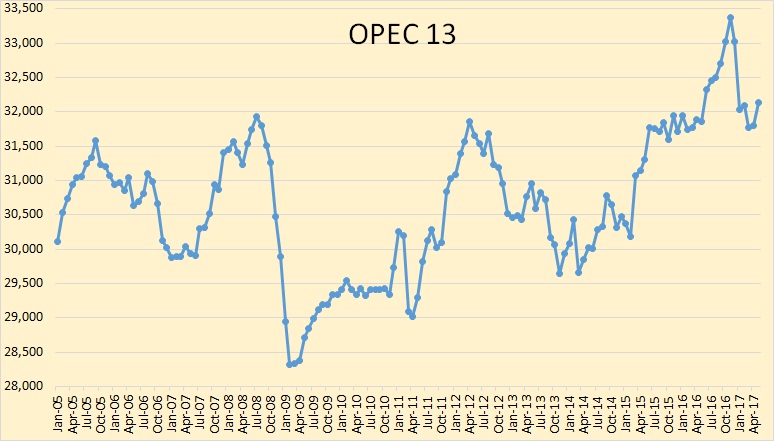Comments not directly related to oil and natural gas in this thread please.
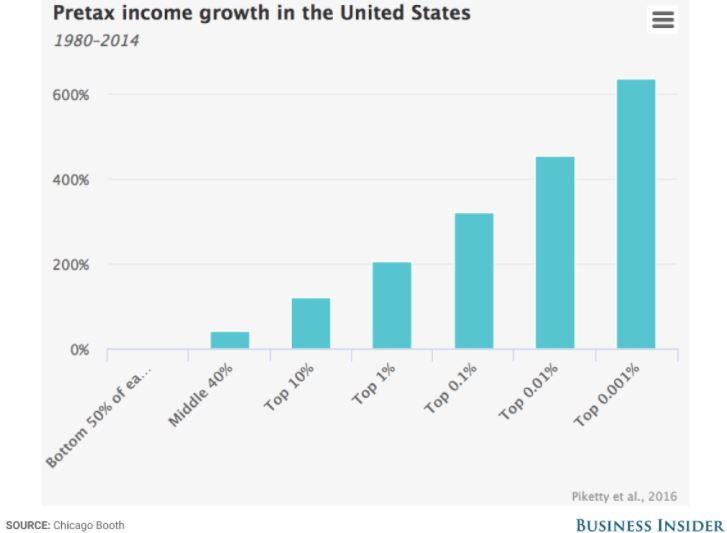
This eye-popping chart on inequality is a slap in the face of America’s middle class
Why does the US economy still feel iffy to most Americans despite an eight-year economic expansion and historically low unemployment?
Look no further than this eye-popping chart of income growth between 1980 and 2014 courtesy of Berkeley’s elite-squad of inequality research, including Thomas Piketty, Emmanuel Saez, and Gabriel Zucman.
Featured in a recent blog from the University of Chicago’s Booth School of Business, the graphic highlights just how stratospheric income growth has been for the very wealthiest Americans — and how stagnant, in contrast, wages have been for the rest.
That’s not a typo on the right. Incomes for the top 0.001% richest Americans surged 636% during the 34-year period. Wow.
There’s more. “The average pretax income of the bottom 50% of US adults has stagnated since 1980, while the share of income of US adults in the bottom half of the distribution collapsed from 20% in 1980 to 12% in 2014,” writes Howard Gold, founder and editor of GoldenEgg Investing, in the Chicago Booth blog.
“In a mirror-image move, the top 1% commanded 12% of income in 1980 but 20% in 2014. The top 1% of US adults now earns on average 81 times more than the bottom 50% of adults; in 1981, they earned 27 times what the lower half earned.”
Here’s a link to the full paper for the academically inclined. Read »
